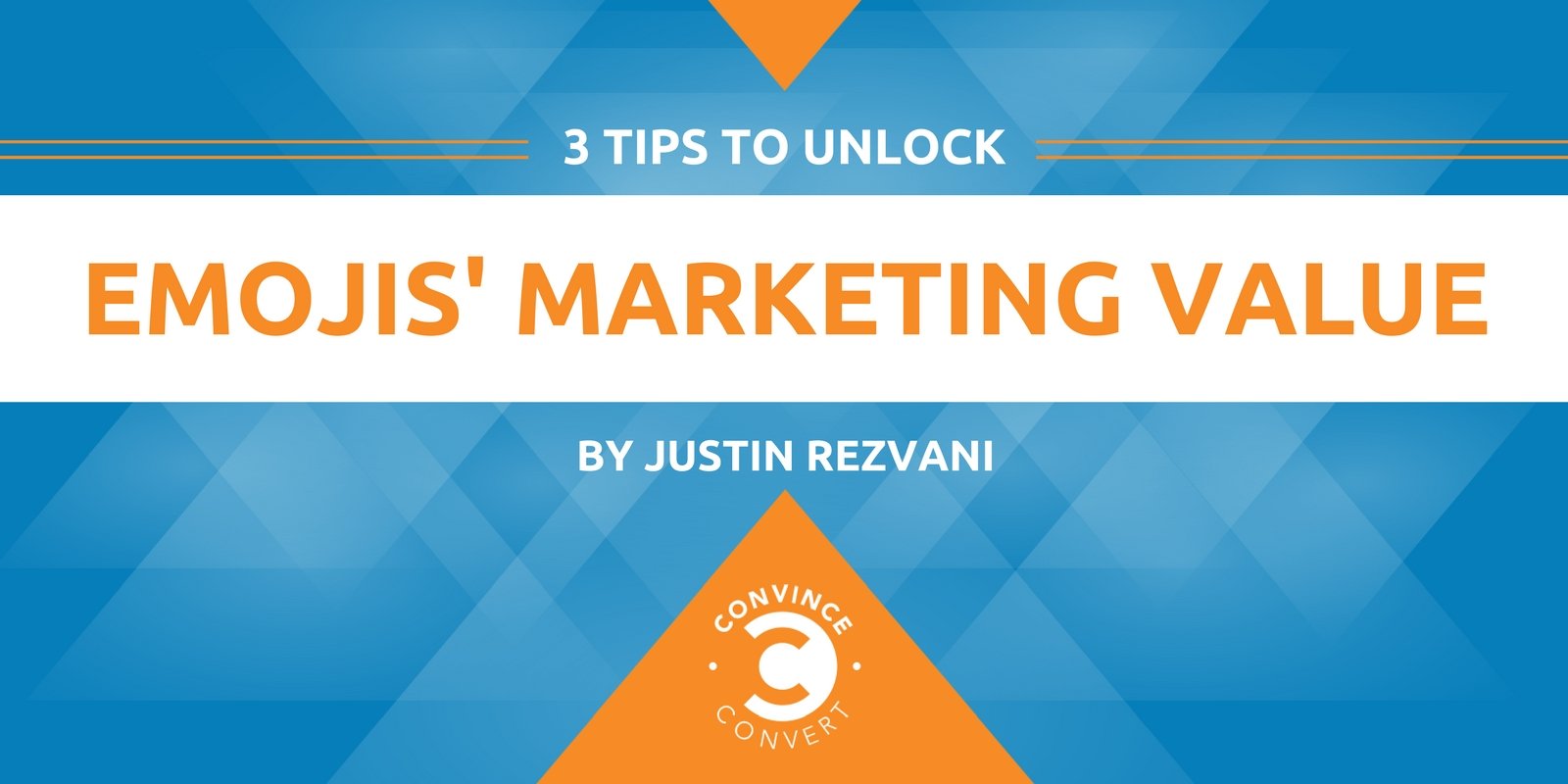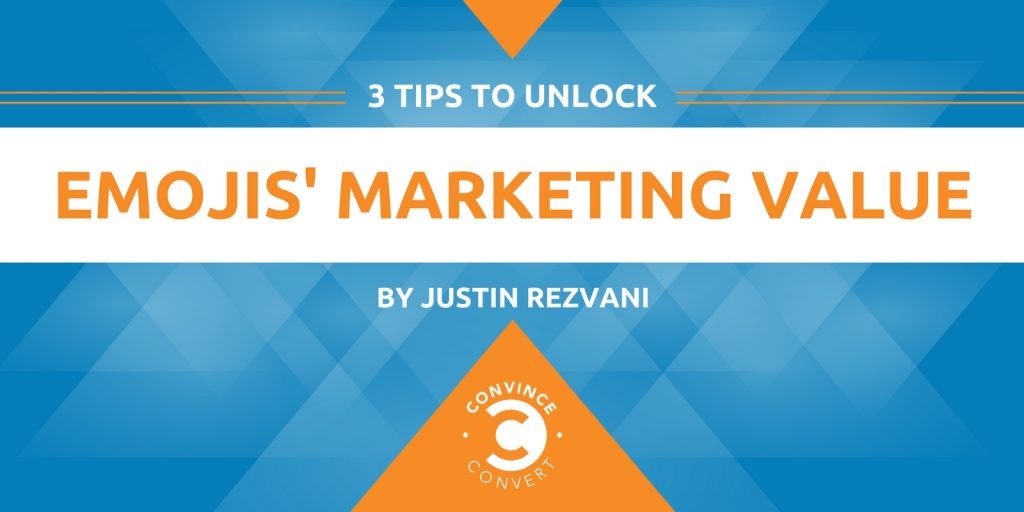
If a picture is worth a thousand words, an emoji is worth at least 140. These little icons allow users to convey complex ideas and emotions quickly and accurately. They have become a language of their own. And if you can’t speak that language, you’re missing a prime opportunity to engage with your audience.
As of 2015, about half of all Instagram captions and comments included at least one emoji. And Emogi found that 92 percent of the world’s online population uses them to communicate. Whether they’re commenting or captioning, people love to express themselves with something a bit more exciting than words.
Understanding why consumers have adopted this new language so quickly can give your marketing efforts a competitive edge.
What Makes Emojis So Appealing?
People use emojis for two reasons. First, they allow users to communicate thoughts and feelings quickly. Why type, “Yeah, that sounds like a good idea,” when a thumbs-up will do? Emojis provide a shared language that reduces the time it takes to communicate.
Second, emojis can communicate complex feelings that would otherwise be impossible outside of face-to-face conversations. Ever try to convey sarcasm in a text message? As a social species, we are better able to grasp the complexities of language when we have a visual reference such as a winky-eyed, tongue-out face to guide us.
This boils down to one thing: Emojis make otherwise lifeless words more personal. If you’re seeking to break away from the noise of competing campaigns, emojis give you the opportunity to engage with audiences on a deeper level. And when you have an effective influencer campaign, you’ll be able to use emojis to see into the minds of consumers like never before.
What Emojis Mean for Marketers
Emojis hold real business value for a few reasons. For one thing, they represent an important indicator of consumer sentiment. Companies would be wise to pay attention to the nature of consumer-to-consumer conversations surrounding their brands—particularly how emojis are used in those conversations. They can then use that information to assess their online strengths and shortcomings.
At my company, theAmplify, we were able to gather data with our mobile platform, Reach, and saw that consumers use emojis more authentically with influencers than with brands. This means that when you partner with the right influencers—ones who can genuinely communicate with the proper audiences—you can measure the emoji exchange between influencers and consumers to gain insight into the perception of your brand. It’s valuable information that you can use to optimize future influencer programs or use on other marketing channels.
Brands can also use emojis to communicate directly with consumers, building trust and affinity in the process. According to a study by Appboy, brands that use emojis are considered more relatable and trustworthy. Of course, that doesn’t mean more emojis automatically equal more success, especially when they come directly from the brand. To get the most out of emojis, you need to have a deft touch.
Brands that use emojis are considered more relatable and trustworthy. Click To Tweet
Getting More by Saying Less
You must develop a strategy before you start throwing winks and hearts around. These tips will help you master the art of the emoji without coming off as insincere or out of touch.
1. Learn to speak the dialect.
Just because everyone uses emojis doesn’t mean every demographic uses them in the same way. Getting a kissy face from Grandma isn’t the same as getting one from your significant other.
To understand which emojis to use, you must first understand how your specific audience communicates. Measure the top emojis, which categories they fall under, and in what context they tend to appear. If you have data on which emojis consumers tend to use when talking about your brand, even better.
During campaigns, split emoji usage by product vertical in addition to traditional demographics. Someone interested in travel isn’t necessarily interested in buying a new car. The subtleties of your campaigns and the emojis within them should reflect those key differences.
2. Send a clear message.
No one wants to hire a translator to decipher your emoji code. In 2015, Chevrolet created an emoji-only press release. Although it was a fun idea in theory, the company knew it needed to release a translated version for readers to truly understand its message. Sure, emojis are ubiquitous, but using them in the wrong context can confuse, frustrate, or even offend consumers. Remember: Not all recipients will interpret an emoji the same way you do.
Clear, succinct communication is best. In many cases, emojis can help you achieve this. Just don’t become so caught up with the idea of using them that you forget the purpose of your content. Include them in posts on social media sites, blogs, and other informal platforms, but do not mistake cartoon faces for complete sentences.
3. Have fun with it.
Emojis are supposed to be fun, and your consumers will respond to them if you’re creative.
Bud Light had the right idea when it created an American flag out of emojis to celebrate Independence Day in 2014. The post generated more than 138,000 retweets, engaging the audience and enhancing the brand’s larger campaign of patriotism without coming off as hokey.
Take inspiration from pop culture, current events, and memes. Look at previous campaigns, and think about areas in which emojis could have enhanced your message. See what other brands are doing, and figure out what separates the successful from the confusing. Then, develop best practices from your findings.
Chances are you already use emojis in your personal life. Emojis enhance casual conversations in ways that words can’t, and if you learn to use them properly, they can provide a whole new world of marketing opportunities for your brand.
Don’t shun emojis because they seem childish or because you think you don’t understand them. Every brand can capitalize on the communication advantages emojis offer. Follow the strategies outlined above, and do your research on effective methods of emoji communication. You will bring new life to your marketing campaigns in the process.
Get a weekly dose of the trends and insights you need to keep you ON top, from Jay Baer at Convince & Convert. Sign up for the Convince & Convert ON email newsletter.
